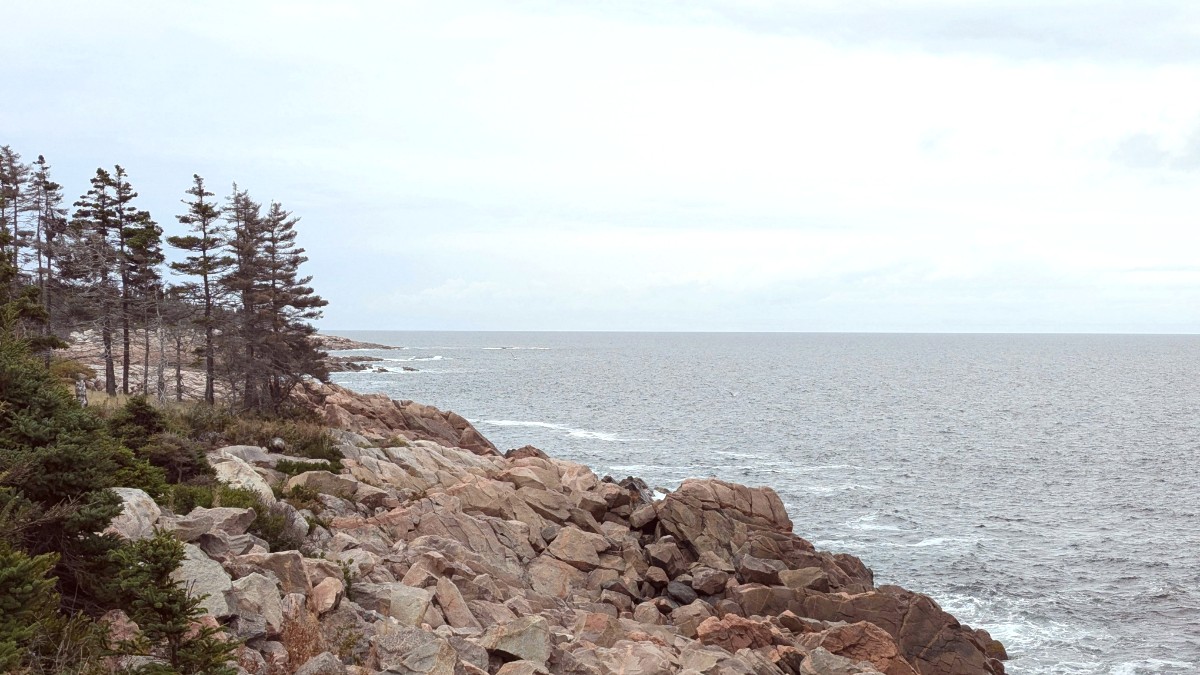
Canada
Certain places on Cape Breton Island stand out as must-visit destinations. They convey striking beauty or deep historical meaning.
The Cabot Trail, Cape Breton Highlands National Park, Fortress of Louisbourg, and the Alexander Graham Bell National Historic Site comprise the top tier of these experiences.
Patience with light conditions and waiting for fewer people in your frame greatly improves photography results.
Features contemporary and historical art, often focusing on regional artists and themes.
Numerous private art galleries and studios dot the island, especially along the Cabot Trail, demonstrating local artists' work.
A historic theatre hosting live performances, concerts, and plays.
Performance space for plays, musicals, and other live shows.
Many host traditional Celtic music "ceilidhs," informal gatherings and a lively way to experience local culture.
Cape Breton Island's history intertwines with its landscapes and communities. Many sites convey tangible links to its past.
Features some historic buildings, including early 20th-century architecture and structures from its industrial past.
Many have charming historic churches and homes that show their Scottish, Acadian, or English heritage. See distinct styles in Baddeck, Chéticamp, Louisbourg.
St. Michael's Catholic Church in Chéticamp for Acadian heritage and local artistry. Many small, historic churches dot the landscape.
While not religious, this monumental sculpture at the Sydney waterfront celebrates Cape Breton's rich Celtic music heritage.
Near Glace Bay Miners Museum, commemorates those who lost their lives in the coal mining industry.
Various war memorials honor residents who served in conflicts.
The Glace Bay Miners Museum provides a deep dive into the coal mining industry that shaped Cape Breton. The underground tour gives an unique experience of this heritage.
The Fortress of Louisbourg site represents extensive military history and fortifications. Its reconstruction shows the strategic importance of the site in colonial warfare.
While mostly demolished, the former site of the Sydney Steel Plant represents a significant industrial past. This industry brought many immigrants and sustained the economy for decades.
While Cape Breton has a rich history, no major exposed archaeological ruins exist for wide public viewing. Historical interpretations at sites like Louisbourg come from extensive archaeological work.
Cape Breton Island represents a treasure trove of natural attractions. Its diverse landscapes present stunning beauty and opportunities for outdoor activities.
Cape Breton Highlands National Park is the dominant natural park. Uisge Ban Falls Provincial Park (near Baddeck) features a beautiful waterfall. Point Michaud Beach Provincial Park (eastern shore) has a long, sandy beach.
Skyline Trail Look-off (CBHNP) gives iconic panoramic views. Many designated look-offs line the Cabot Trail. Cape Smokey Provincial Park near Ingonish has stunning views and a gondola.
Cape Breton Highlands National Park is excellent for spotting moose. Bald eagles are abundant. Whale watching tours depart from Pleasant Bay, Chéticamp, and Ingonish from July to September.
Ingonish Beach (within CBHNP), Port Hood Beach, Inverness Beach, and Point Michaud Beach present opportunities for swimming, sunbathing, and beachcombing.
Find nearby stays on Booking.comA vast inland saltwater estuary. It is an UNESCO Biosphere Reserve. Popular for boating, kayaking, and swimming in its warmer, calmer waters. The lake's protected nature makes it ideal for water activities.
Explore Vrbo rentals on Bras d'Or LakeThe coastline features basalt columns, sea caves, and dramatic cliffs, especially striking along the Cabot Trail. These formations result from ancient volcanic activity and millennia of erosion.
See tours that explore the coastline on GetYourGuideBeyond major beaches, many small coves and tidal pools scatter the coastline, ideal for quiet exploration and discovering marine life at low tide. These provide serene moments away from the main tourist paths.
Beyond the Bras d'Or Lake, numerous smaller freshwater lakes and rivers dot the interior, ideal for fishing, calm paddling, or enjoying peaceful nature walks along their shores. Some have designated swimming areas.
Cape Breton Island holds many lesser-known spots that present unique experiences for the adventurous traveler.
Discover places often frequented by locals, offering a quieter and more authentic feel of the island.
A common strategy involves driving the Cabot Trail counter-clockwise, which positions coastal views on the passenger side and allows for easier stops at viewpoints.
Each major attraction has specific optimal visiting times and considerations to make your experience smoother.
These sites connect visitors with the island's past in a meaningful way.
Wander through areas that showcase the island's architectural evolution and historical significance.
These sites portray the varied heritage of Cape Breton's settlers.
Cape Breton's stunning natural landscapes create endless photo opportunities and memorable views.
The island's diverse landscapes truly stand out in photographs.
Tours from Pleasant Bay, Chéticamp, and Ingonish from July to September increase chances of seeing various whale species.
Best viewed in Cape Breton Highlands National Park, notably at dawn or dusk near wetlands. Drive cautiously.
Explore less-publicized coastal walks for unique perspectives and quiet moments, away from main look-offs.